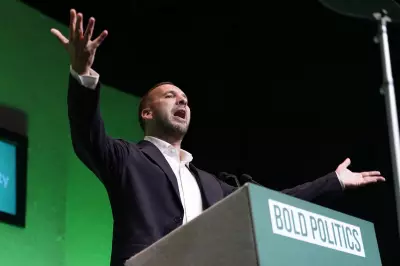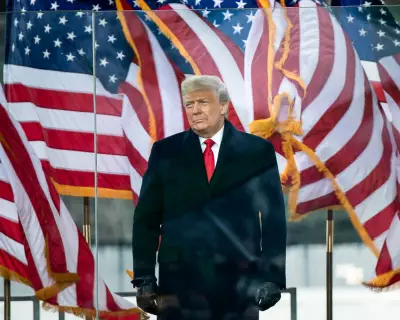
In a striking reflection of America's deepening political schism, Connecticut finds itself at the crossroads of partisan warfare that threatens to undermine effective governance. The state's political arena has become a microcosm of the national divide, where collaboration gives way to confrontation.
The Growing Chasm in Connecticut Politics
Lawmakers from both sides of the aisle appear increasingly entrenched in their positions, creating legislative gridlock that hampers progress on crucial issues affecting Connecticut residents. The traditional art of compromise, once the hallmark of American politics, seems to be fading into distant memory.
Election Dynamics Fuel Division
Recent election cycles have exacerbated these divisions, with campaigns growing more polarised and rhetoric more heated. Political strategists note that the current environment rewards ideological purity over practical problem-solving, leaving little room for middle-ground solutions.
The consequences of this political standoff are far-reaching:
- Critical legislation stalls in committee
- Public trust in government institutions erodes
- Essential services face funding uncertainties
- Long-term planning becomes nearly impossible
Beyond Party Lines: The Human Impact
Behind the political posturing lie real consequences for Connecticut communities. From education funding to infrastructure projects, the inability to find common ground means delayed improvements and missed opportunities for the state's residents.
"When politics becomes more about winning arguments than solving problems, everyone loses," observed one veteran political analyst who wished to remain anonymous.
Searching for Common Ground
Despite the challenging landscape, some legislators continue to advocate for bipartisan cooperation. These voices, though often drowned out by more extreme positions, represent hope for a return to functional politics where dialogue replaces demonisation.
The question remains whether Connecticut—and America broadly—can rediscover the political middle ground or whether the current divisions represent a permanent new normal in American governance.





